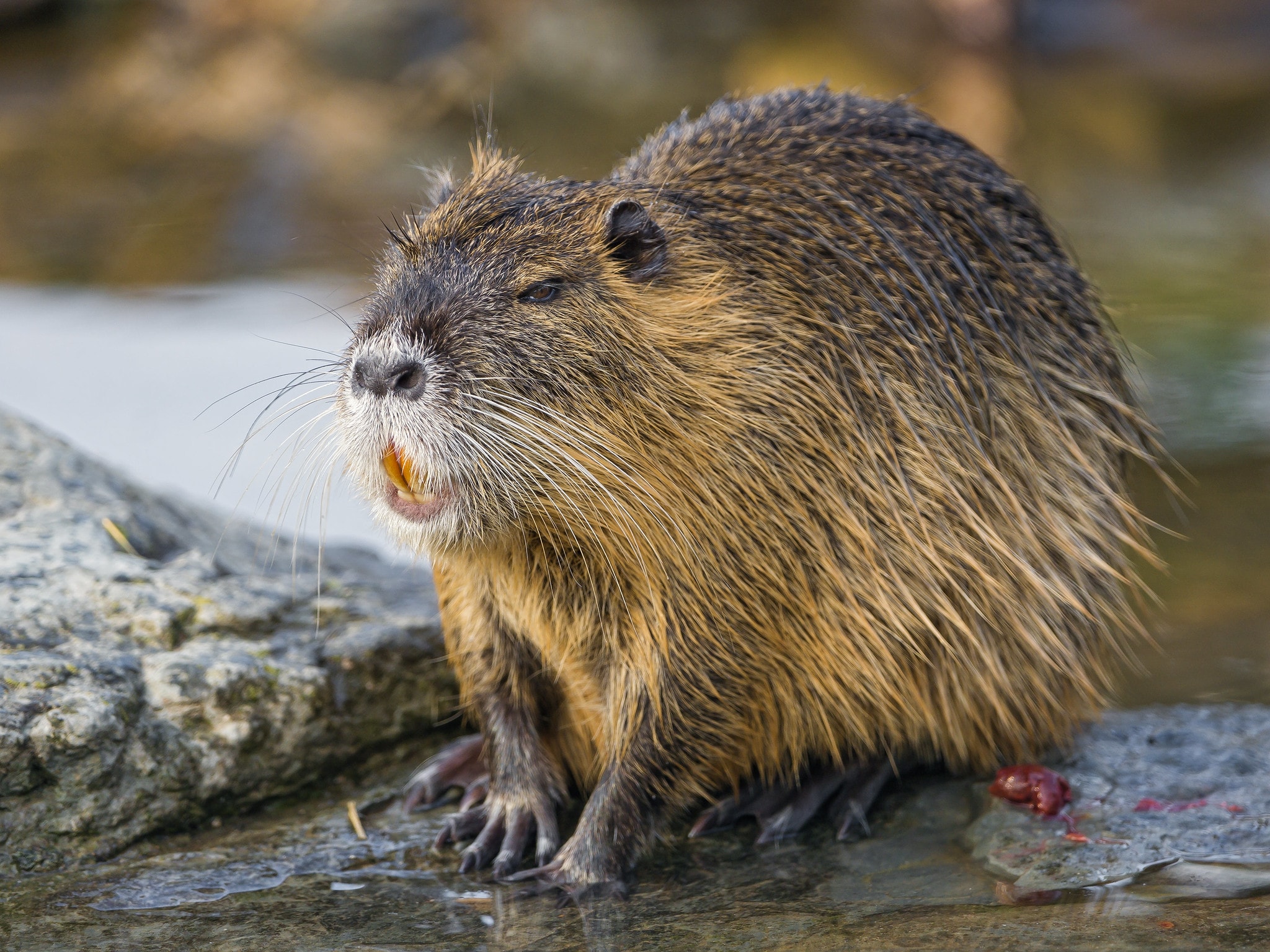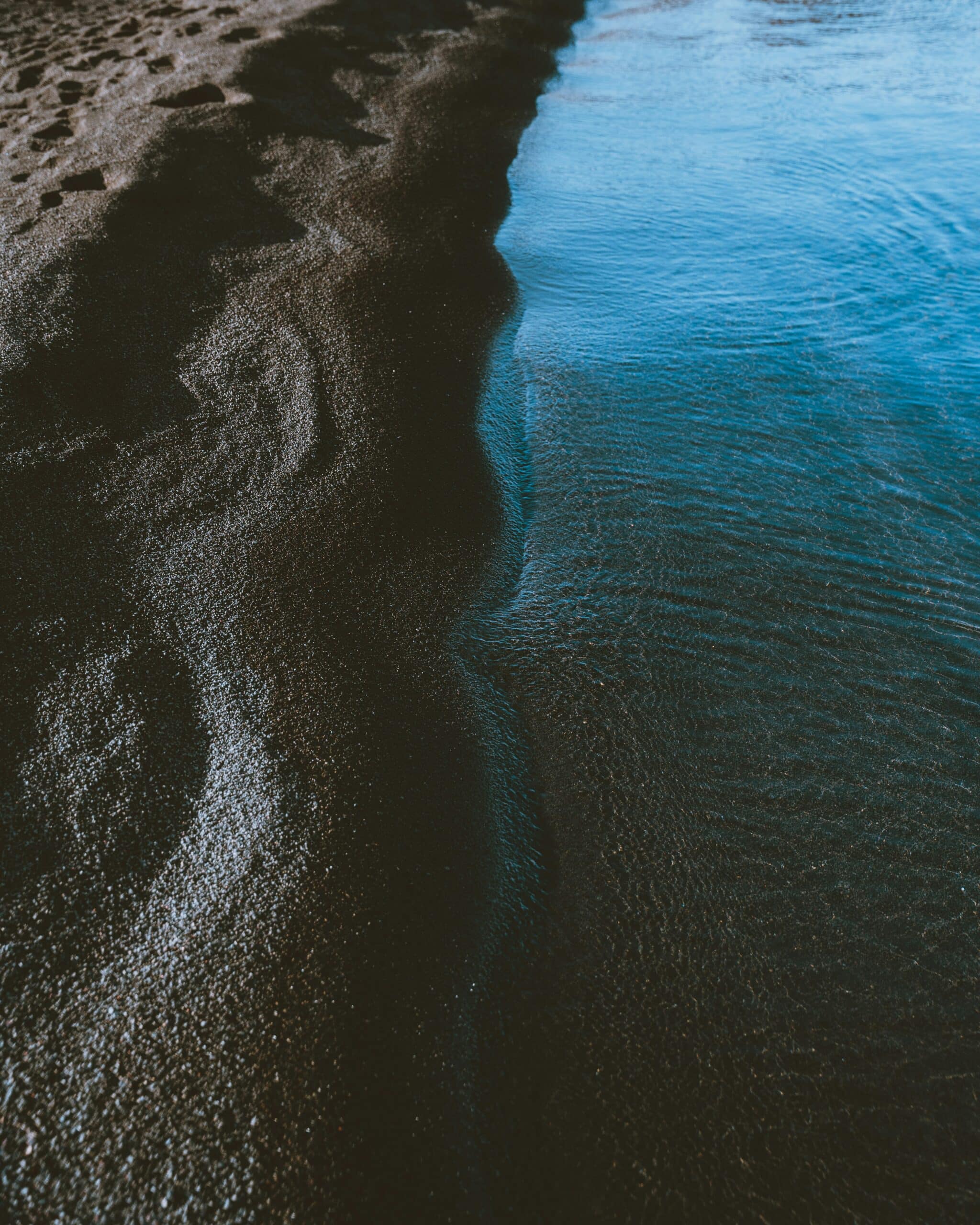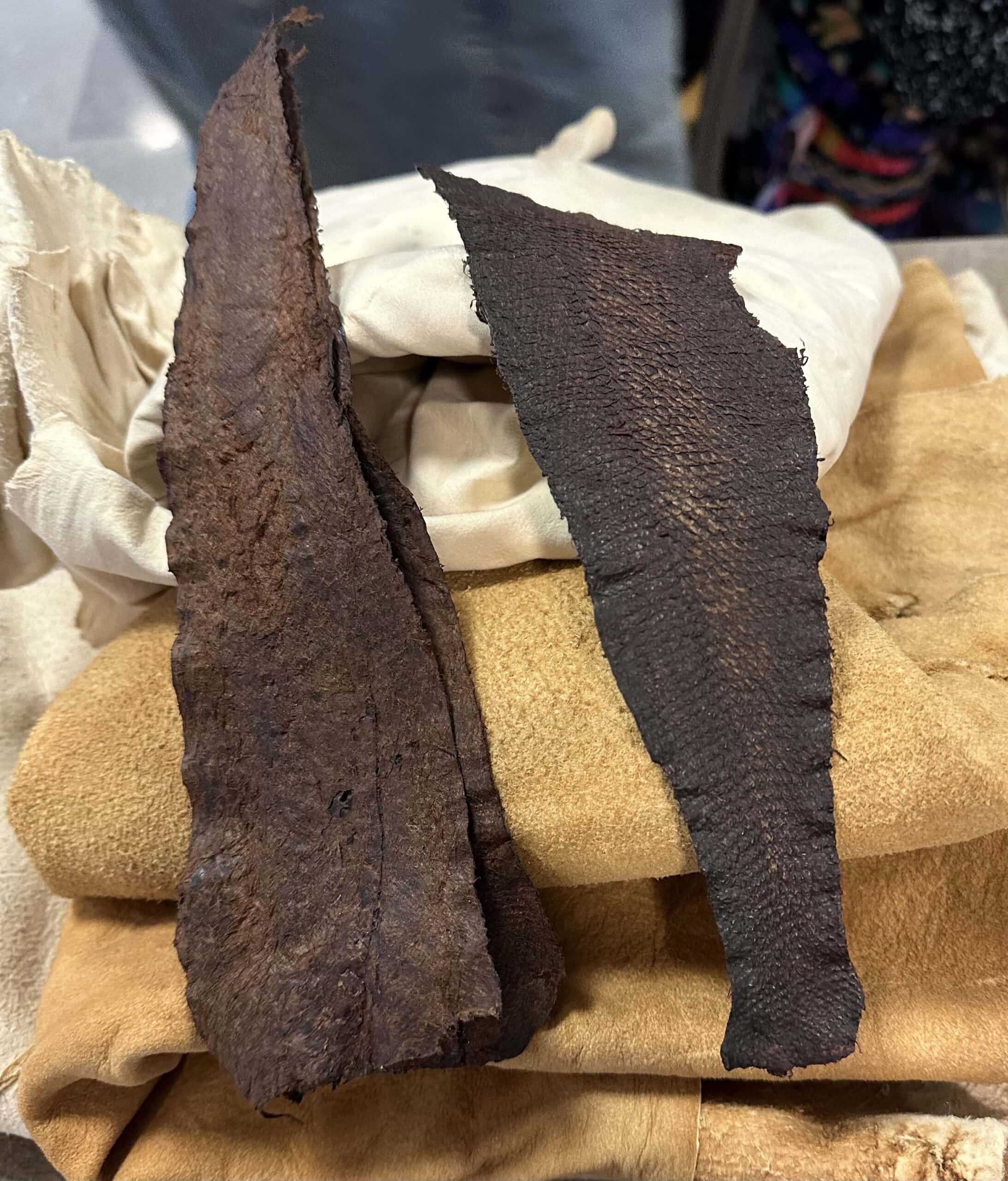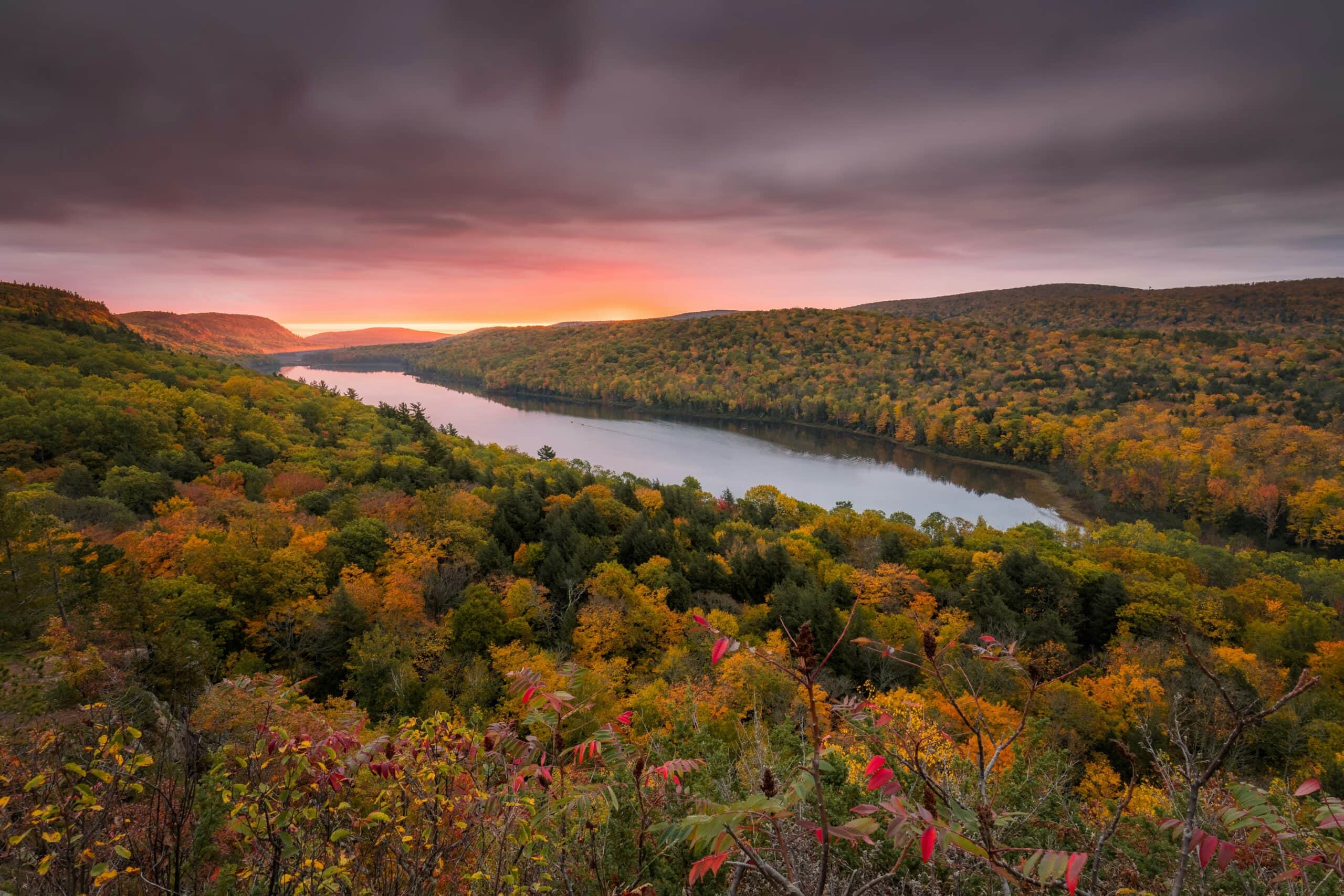
The nutria, a South American animal somewhere between a muskrat and a beaver, is now on Ontario’s invasive species list. Photo by Tambako The Jaguar (Flickr: link)
It’s described as bigger than a muskrat and smaller than a beaver — and perhaps uglier than either. The nutria (whose charming nicknames include swamp beaver and river rat) is native to South America but has recently been added to Ontario’s invasive species list.
Interestingly, though they have not yet been spotted in Ontario, the burly beasts have been a menace in many U.S. states ever since being let loose in the 1940s by American fur farmers when demand for nutria fur (who knew?!) crashed. The rodents, which love to dig and burrow, have wreaked havoc since going rogue, damaging everything from flood-control levees to dams and road beds to ditches. They also like to chow down on a wide variety of crops.
And if that wasn’t bad enough, just as the beaver carries a parasite responsible for “beaver fever,” the nutria hosts a nematode known to cause a rash called “nutria itch.”
Adding it to the province’s Invasive Species Act means it is now illegal in Ontario to import, possess, deposit, transport, release, propagate, buy, sell, lease or trade a nutria.
Toxic sand on the shore of Lake Superior

Along the southern shore of Lake Superior lies a mine waste site where dark, toxic sand is slowly eroding towards a sensitive fish spawning ground — the Buffalo Reef. Photo by Adam Davis (Unsplash: Link)
The soft, metallic-brown sand — termed ‘stamp sand’ — is a legacy of copper mining along the Keweenaw Peninsula from throughout the 20th century. High in copper, along with arsenic, lead, and mercury, this sand remains barren and the beach remains eerily quiet. However, as storm and wave action erode the beach into the vast waters of Lake Superior, the impact of this waste site is spreading.
East of the Keweenaw Peninsula lies the Buffalo Reef, a nine square kilometre ecological hotspot and critical habitat for fish spawning. The reef acts as a spawning ground for one third of all Chinamekos (lake trout) and almost ten per cent of adikameg (white fish) spawning habitat in the United States waters of Lake Superior.
“The eggs go down into the interstitial spaces between the rocks, the small areas between the rocks where they incubate. The wind and wave action provides oxygen to the eggs while they’re down there developing,” said Bill Mattes, Great Lakes section leader at the Great Lakes Indian Fish & Wildlife Commission. But as the toxic sand encroaches on the reef, it fills these gaps, and eliminates food sources for the emerging fry, lowering the reproductive success of the fish, he explained.
In response to concerns about the impacts of stamp sand on the aquatic environment, the United States Environmental Protection Agency formed the Buffalo Reef Task Force in 2017. The Task Force is composed of agencies such as the Michigan Department of Natural Resources, the U.S. Army Corps of Engineers, and the local Keweenaw Bay Indian Community which have come together to find a long-term solution to the management of the stamp sands and to source funding to pay for remediation efforts. Since their establishment, millions of dollars have been invested in dredging and relocating the stamp sand deposits. “If we don’t clean this up, it’s going to continue to be a problem,” Mattes said. “And the problem that it causes is going to be worse over time.”
However, renewed interest in other mineral deposits in the region is reigniting concerns about mine waste management. In addition to copper, the Keweenaw Peninsula is also home to large deposits of iron ore and nickel — critical minerals in the manufacturing of batteries for electric vehicles. While refining techniques have improved over the last century, extracting these minerals still presents the threat of acid mine drainage and heavy metal contamination. In a region still living with the consequences of mineral resource development, the proposition of opening new mines is often met with apprehension, but also hope. “I think we can do things differently,” said Mattes.
100% Great Lakes Fish Pledge

Fish leather that has been dyed by a week-long tea bath. These small pieces would become backing for beaded earrings. Photo by Katie Doreen.
In an effort to reduce fish waste, Great Lakes St. Lawrence Governors and Premiers has launched the “100% Great Lakes Fish Pledge” which encourages people to use all parts of a fish. The sizeable fishing industry in the Great Lakes is responsible for the significant waste of fish, say the bi-national organization’s leaders. They are investigating ways to “maximize the value derived from all parts of the fish” that are not typically sold for human consumption.
While a diverse array of species is commercially fished, in most cases, only the fillets make it to grocery shelves. The other 60 per cent of the fish is discarded or used as low-grade animal feed.
The pledge has been signed by 20 fishing companies who are “exploring investment in new technologies and processes that allow for the efficient extraction and production of protein, collagen, leather, and other valuable byproducts of the traditional production process.”
While this philosophy may be new to this coalition of fishers,the Original Peoples continue to use the whole fish as they have always done. traditional small-scale subsistence fishermen are intentional about producing zero-waste to honour the life of the fish being who was sacrificed for their own survival. The skin becomes leather; scales become indigenized rhinestones, bedazzling garments and other art pieces; meat is shared; roe and whole fish are smoked and dried; bones and fins co-create magnesium and calcium-rich broth. The fish lives on in the community through all the gifts it provides, an idea commercial fishing is beginning to come around to.
Finding inspiration in the Porkies

A sunset view of the Porcupine Mountains. Photo by Dave Hoefler (Unsplash: Link)
Shores washed soft by lapping waves. A waterfall cascading over into sun-sparkled waters. An opaline sunset glowing in a lake’s reflection. The scenery of Porcupine Mountains State Park in Michigan’s Upper Peninsula on Lake Superior’s southern shore is sure to inspire creative minds to wander. Perhaps it could be you? The Friends of the Porkies, a non-profit organization that aims to connect people with wild spaces in the park, are seeking a new artist-in-residence for their residency program. Artists — ranging from photographers to painters to composers to all visual and performing artists — are given the use of a rustic cabin for up to two weeks and, if they choose, a three-night backcountry permit if they want to truly get off the beaten track. More information on the program and how to apply can be found here. Applications for the 2024 to 2025 season will be open until February 14.
Watershed Wednesdays are our weekly roundup of the insightful, intriguing, important and inspiring news from around the Great Lakes-St. Lawrence watershed.



